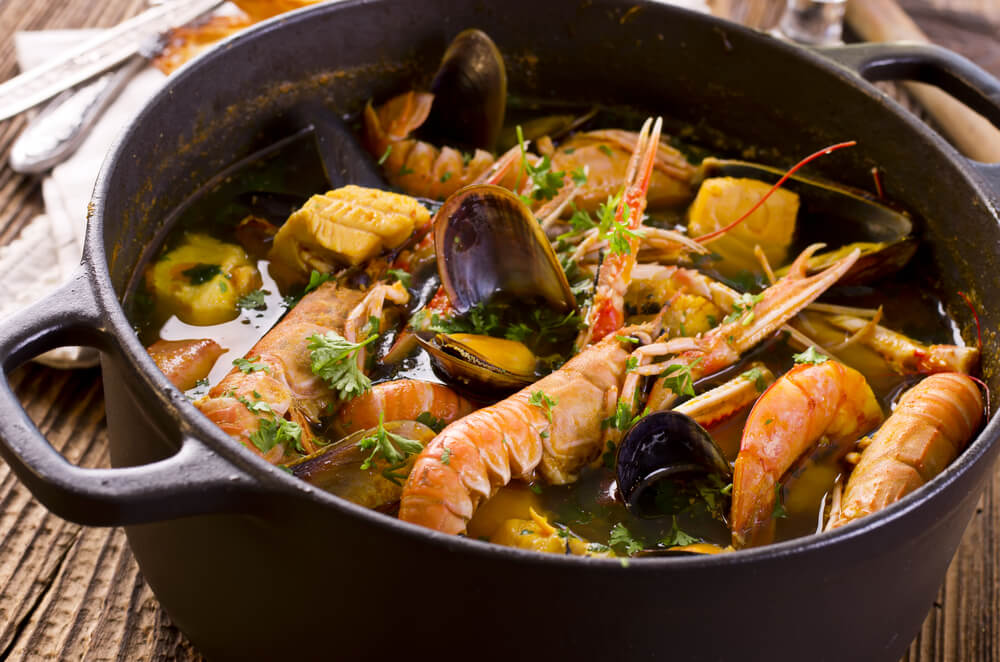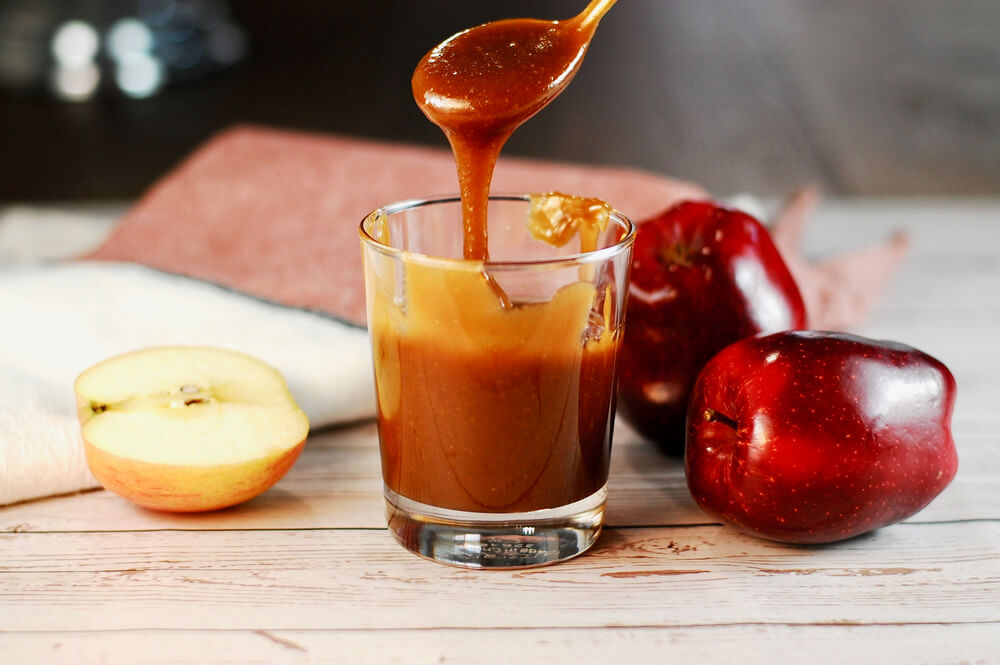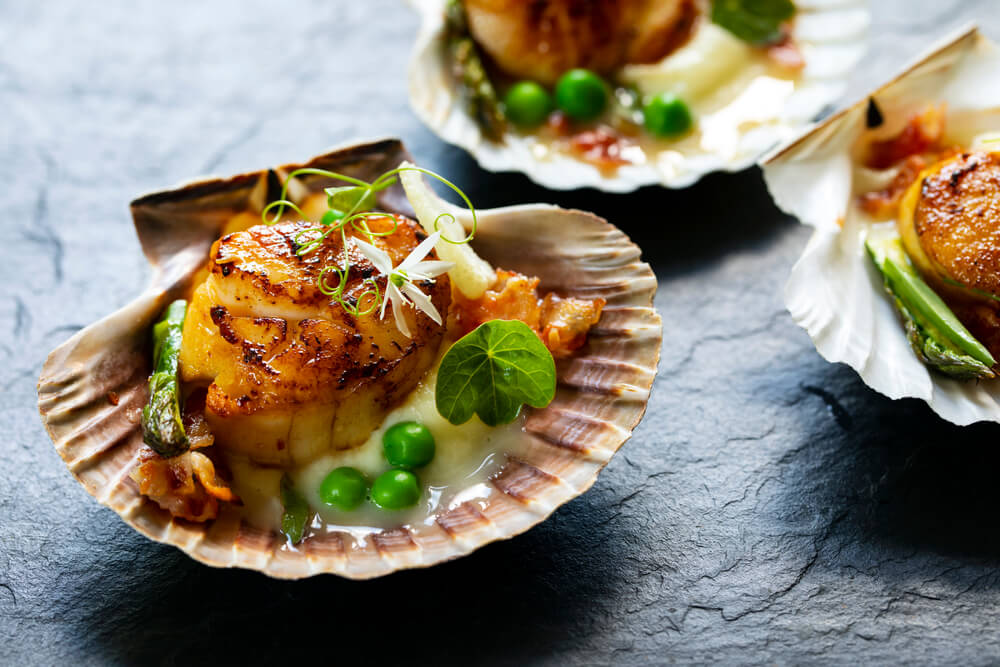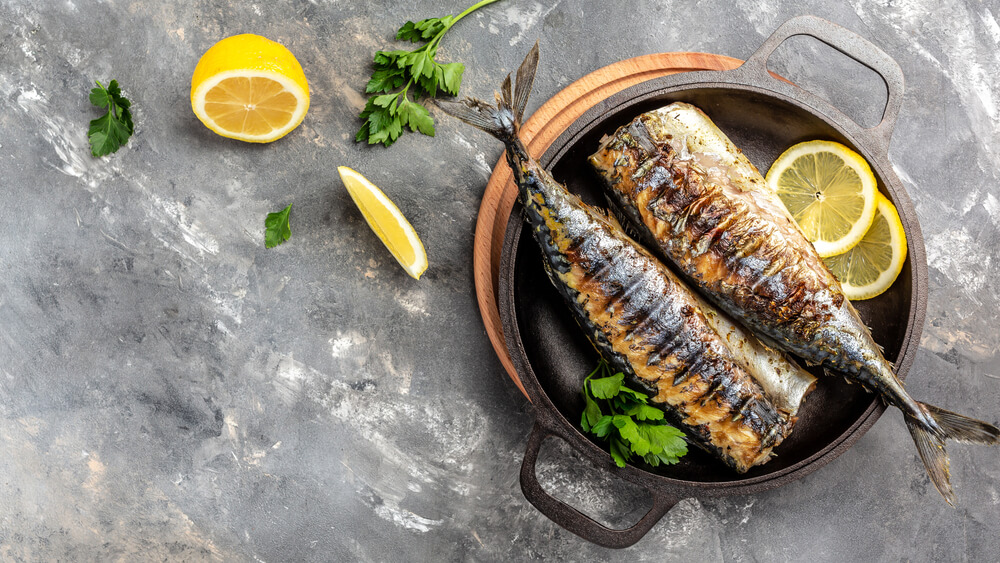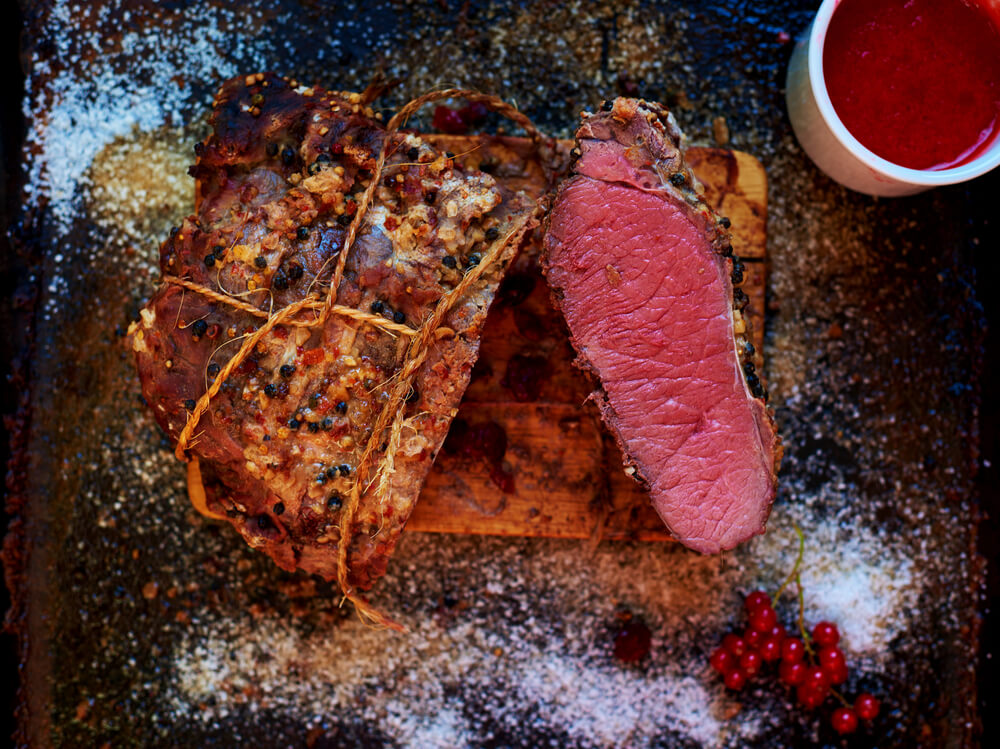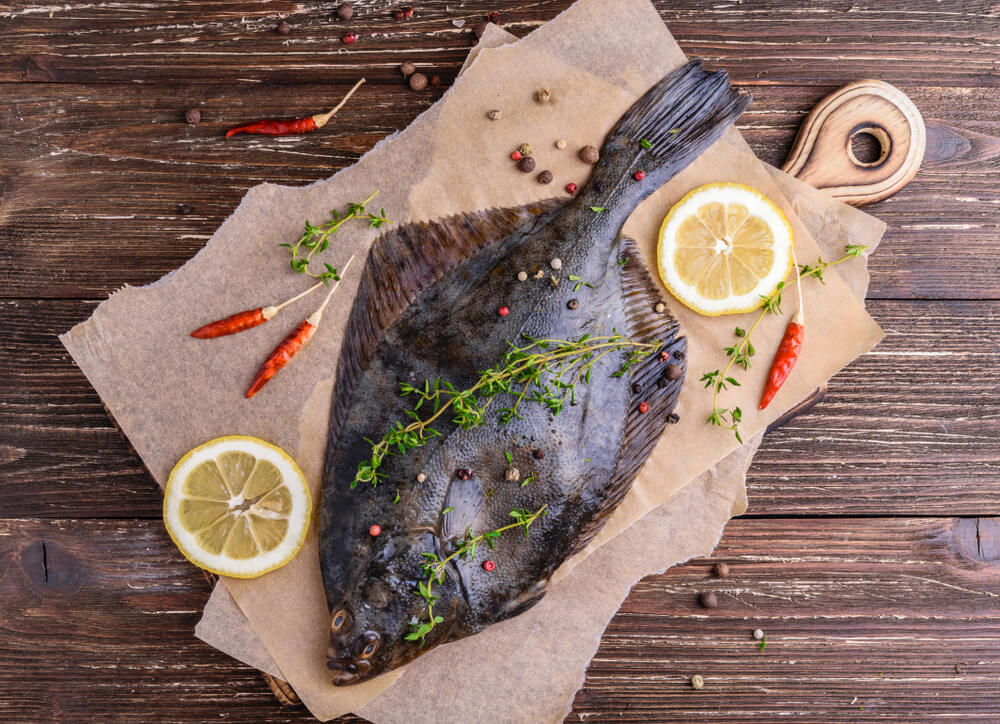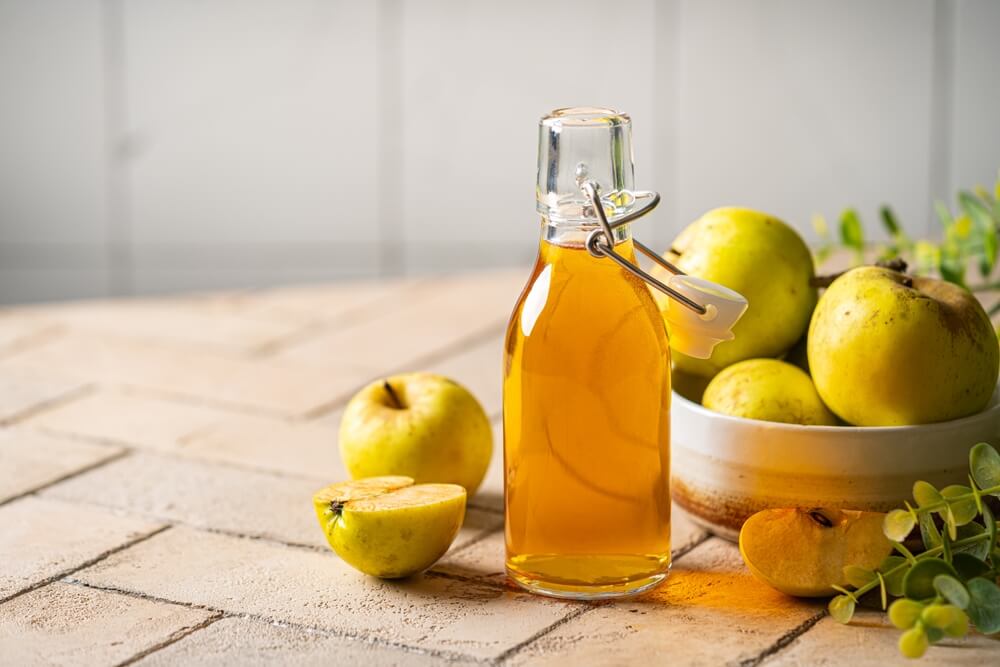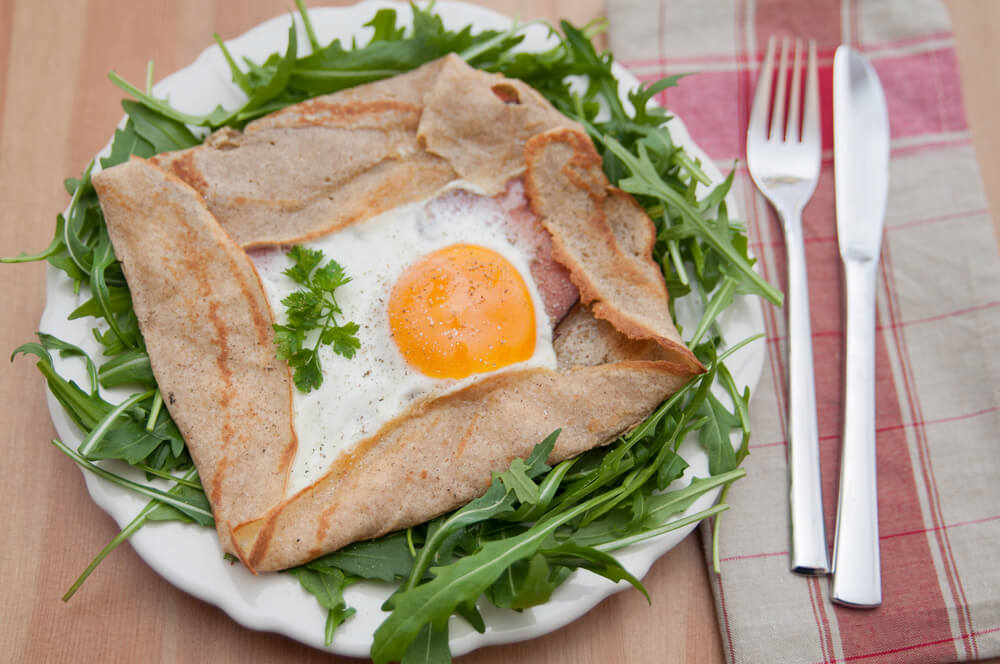Top 10 culinary specialities in Dieppe
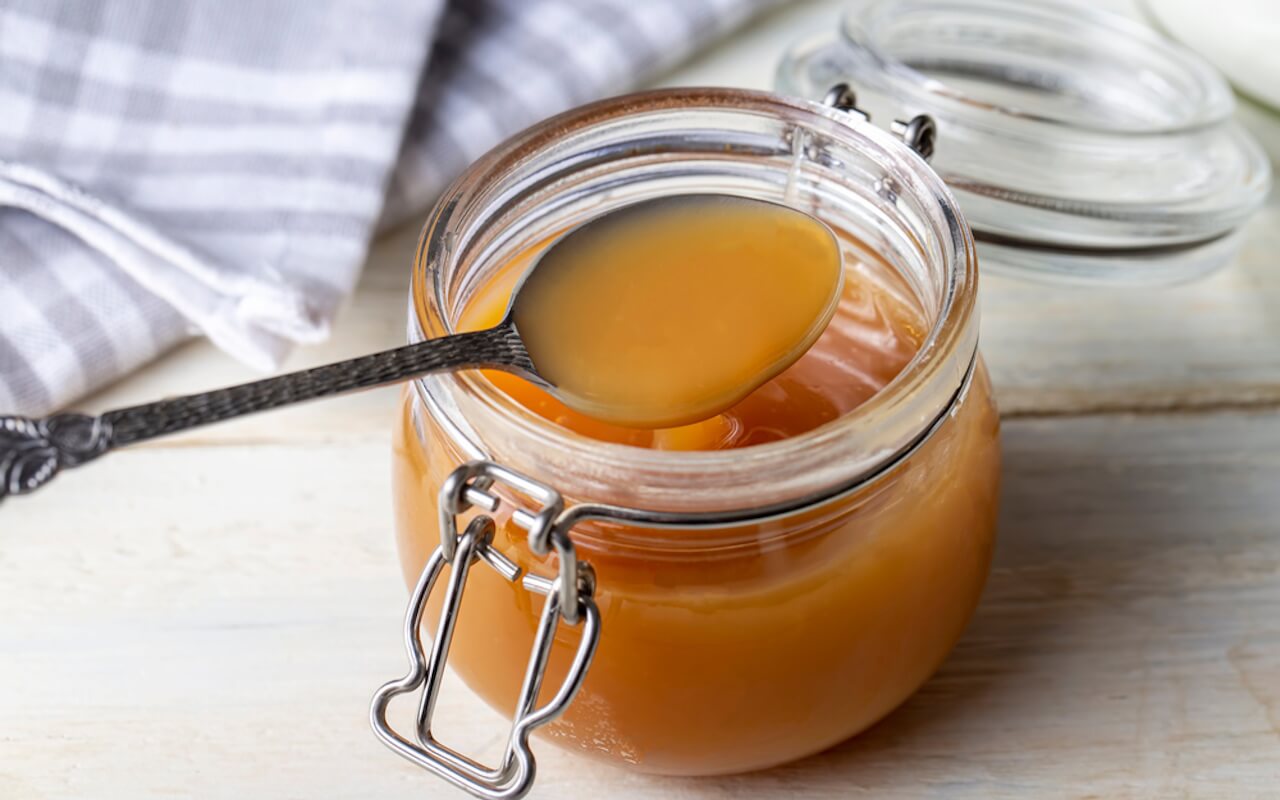
What to eat in Dieppe?
1. Oysters
If there’s one thing you need to know about Dieppe and the surrounding towns, it’s that oysters caught in the region are often the stars of the fish markets. What’s more, if you go to a restaurant, it’s highly likely that the famous oysters will be at the top of the menu, as the dish of the day itself. Great with a glass of white wine, they are eaten for their thick, intensely flavoured flesh. What’s more, eating oysters can improve joint health, lower blood pressure and even reduce the risk of cancer. Don’t miss out!
2. La Marmite Dieppoise
For all you pesco-vegetarians out there, you’ve come to the right place. The Normandy region specialises in seafood specialities. This is where you’ll find everything to do with fish, shellfish, molluscs, lean meat and so on. The marmite dieppoise is a perfect example. This is a bouillabaisse of fish and shellfish, wrapped in extra fresh cream. Do you like prawns? Scallops or langoustines? Come and fill your belly for a feast fit for a king.
3. Apple Caramel
Dieppe’s apple caramel is made using ingredients that are all equally delicious. To make this refined, sweet-tasting dish, we use sweet or salted butter, applesauce and a few spoonfuls of granulated sugar (similar to gold nuggets). In Dieppe, you’ll be able to find apple caramel absolutely everywhere, in a variety of flavours and jar sizes (perfect to take home as a souvenir), and the Dieppois are proud of it. You know, it’s like THE sweet topping you need to have in your cupboard in the region. Once you’ve taken one bite, you won’t want to put anything else on your toast, pancake or waffle.
4. Scallops
We briefly mentioned this earlier. The scallop is another delicacy of Dieppe cuisine. Another treasure of the sea. It’s a quality product that goes perfectly with a good plate of pasta, vegetables or other seafood. To enjoy this mollusc at its best, i.e. when the fishing is most interesting, you should plan your visit for early October. That’s when you’ll be able to taste a fresh, high-quality product whose tender flesh will gently caress your palate. This source of protein is also rich in omega-3s, making it an important nutritious food for good health.
5. Dieppoise-style Lisette
Here’s a dish that can be served as a starter or as a main course. For those of you wondering what lisettes are? It’s the Norman version of marinated mackerel. A carefully prepared marinade made with cider, carrot pieces, vinegar, bouquet garni and finely sliced onions. This is the kind of dish that makes you salivate, just by smelling the lisettes mixed with all the herbs. The best way to accompany this meal is with a potato salad. The food goes very well together and is sure to leave you with lasting memories of the town of Dieppe.
6. Salt-meadow lamb
In Normandy, if there’s one dish that’s all the rage, it’s pre-salted lamb, Normandy style. Dieppe certainly loves seafood, but the town’s carnivores love this dish just as much, cooked with lamb reared on salty pastures by the sea. Hence the tender, salty taste on the palate… This top-quality meat is often served in restaurants and is highly prized by chefs, who can create different versions, varying the recipe. Not to mention that it’s a much lower-calorie dish than you might think, since it’s low in fat. Accompanied by a good plate of hot vegetables, it’s delicious and well-balanced!
7. Sole
Do you like fish? Let’s put aside the ones we’re all familiar with: tuna, salmon, sardines… And now let’s tackle the famous Norman sole, regularly nicknamed “the beautiful Norman sole”. A stew of fish in cream, with a little cider. It’s a classic of French cuisine, first named in the legendary book by French chef Antonin Carême, “L’Art de la cuisine française au XIXème siècle”. Since then, this dish has become a favourite in Normandy, including the Dieppe region, the surrounding towns and much more… A little tip during cooking, to help you tell whether the sole is cooked: remember to check whether the fillets are gradually detaching from the main bone.
8. The Frênette
But what is this? It’s not a sweet treat, and even less a savoury dish. Frênette is a fizzy drink with a low alcohol content (around 3.5°). Also known as “ash cider”, its eye-catching yellow colour is obtained by macerating oak leaves. This nectar has an apple flavour and is best drunk chilled. It’s perfect as an aperitif, or in the afternoon in summer. Many people also like to drink it with a meal. It is prepared in several stages. The most important thing, however, is to leave it to ferment (for a unique taste) in a cellar for several weeks. There’s nothing like a good bottle of frênette as a souvenir of Normandy!
9. Crêpe à la Normande
If there’s one thing Normandy excels at, it’s making the famous crêpes, which are a hit with visitors every time. You’re probably wondering what’s so special about Normandy crêpes? We usually add a few spoonfuls of buckwheat. Their soft, chewy texture is enough to turn our stomachs. Because the batter is made with quality, fresh ingredients, it has a unique flavour. You can also add an extra flavouring such as cinnamon or vanilla. A delicious treat…
10. Milk Jam

We end this ranking on a high note with the delicious milk jam, which appeals to young and old alike. It’s a particularly smooth, thick, even heavy cream, with a lovely golden colour. It keeps in glass jars and is made exclusively from milk and granulated sugar. It can be spread on bread, pancakes (of course), brioche or even rusk. Milk jam comes from the dairy farms of Normandy, Brittany, Savoy and Picardy. It’s an old recipe designed to comfort the hearts of peasants, and it quickly spread throughout Europe.
200 audioguided tours for cities all around the world
Download
